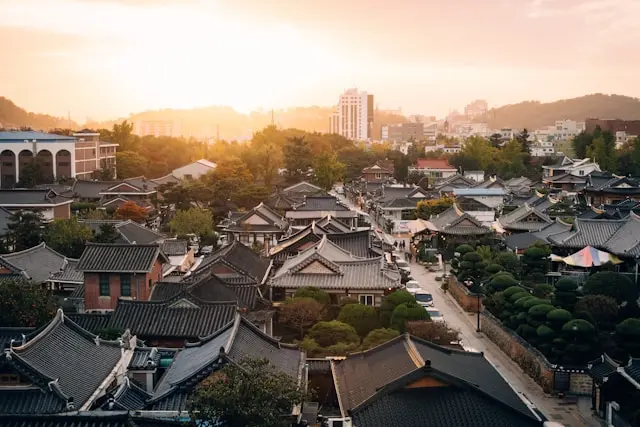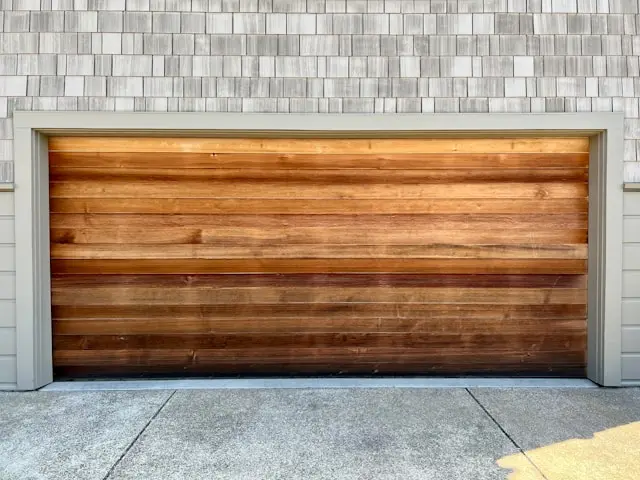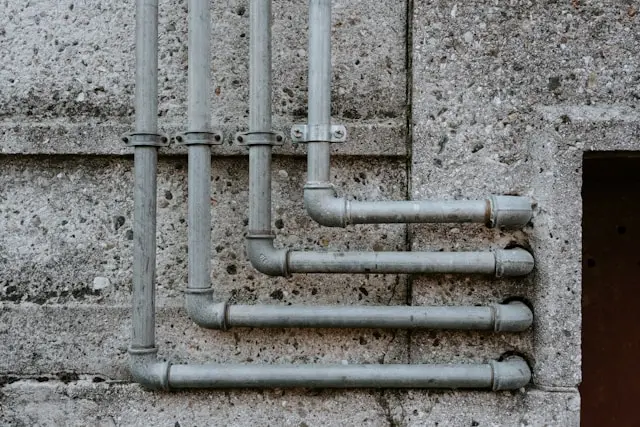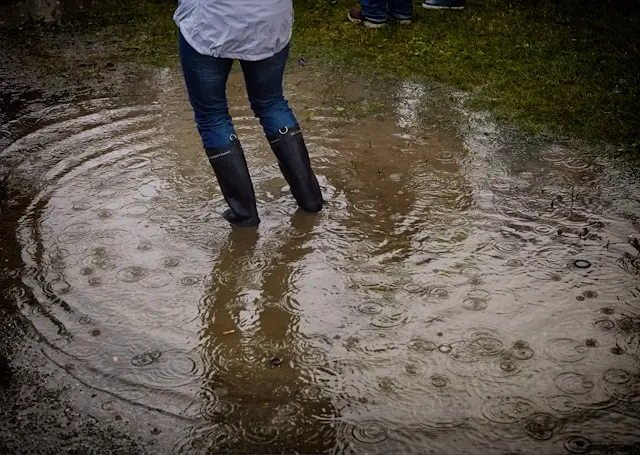Introduction to Urban Design
Urban design is critical in shaping the environments where people live, work, and play. It involves the collaboration of architects, city planners, landscape designers, and engineers to create cohesive and functional urban spaces. Companies like Aspen Architects are at the forefront, leading innovations prioritizing sustainability and inclusivity. Modern urban design is expanding beyond traditional concepts to embrace new technologies and materials that align with the evolving needs of society. The aim is to design spaces that improve a community’s general quality of life and fulfill its utilitarian needs.
Importance of Modern Design in Urban Spaces
To solve today’s issues—such as population density, environmental sustainability, and the requirement for inclusive public spaces—modern urban design is essential. Cities need to change to meet the predicted considerable growth in the global urban population in the upcoming years. According to a report by BBC Future, incorporating green spaces and smart technologies into urban design can significantly improve the quality of life in cities. Modern designs often prioritize inclusivity and accessibility, ensuring that urban spaces cater to diverse populations, including older people, children, and people with disabilities.
Key Elements in Modern Urban Design
Several key elements define modern urban design, each playing a crucial role in creating vibrant and sustainable urban spaces:
- Sustainability: Focusing on eco-friendly materials and energy-efficient designs. This includes using renewable energy sources, green building materials, and sustainable transportation options like bike lanes and electric vehicle charging stations.
- Technology Integration: Utilizing smart technologies to create efficient and connected urban spaces. This includes using Internet of Things (IoT) devices to manage infrastructure, such as smart lighting and waste management systems.
- Public Spaces: Designing parks, squares, and recreational areas that promote social interaction. Public places are crucial for building a sense of community and giving locals a place to unwind, work out, and participate in cultural events.
- Mixed-Use Development: This involves combining residential, commercial, and cultural spaces to create vibrant communities. Mixed-use developments encourage diverse activities and reduce the need for long commutes, promoting a more sustainable and convenient lifestyle for residents.
Challenges in Implementing Modern Designs
Despite the benefits, implementing modern designs in urban areas comes with its share of challenges. Common issues include high costs, resistance from existing communities, and regulatory hurdles:
High Costs: Modern design projects often require significant financial investment, hindering cash-strapped municipalities. Using advanced technologies and sustainable materials can drive up costs, making securing funding for such initiatives difficult.
Resistance from Existing Communities: Introducing modern designs into established urban areas can sometimes face opposition from residents who resist change. Gaining support and guaranteeing the success of urban design projects requires addressing concerns and incorporating the community in the planning process.
Regulatory Hurdles: For urban design projects, navigating the intricate web of local, state, and federal requirements can be very difficult. For contemporary urban ideas to be implemented successfully, zoning rules, environmental regulations, and building requirements must be followed. Nevertheless, these difficulties can be addressed with careful preparation and community involvement.
Future Trends in Urban Design
The future of urban design looks promising, with trends pointing towards even more innovative and sustainable practices. Concepts like smart cities, which use data and technology to improve urban living conditions, are gaining traction. Smart cities leverage IoT devices, data analytics, and artificial intelligence to optimize city services, improve infrastructure, and enhance the quality of life for residents. The emphasis on post-COVID urban design will likely focus on creating healthier and more resilient spaces for future generations. This includes designing public spaces promoting social distancing, enhancing building ventilation and air quality, and incorporating flexible and adaptable designs that respond to future challenges.
Conclusion
Modern design is playing an increasingly important role in transforming urban spaces. By prioritizing sustainability, inclusivity, and technological integration, urban designers can create environments that enhance the quality of life for all residents. Despite the challenges, the future of urban design holds immense potential for innovation and positive change, making our cities better places to live, work, and thrive. As we continue to develop and refine our urban landscapes, the importance of thoughtful and forward-thinking design cannot be overstated.



